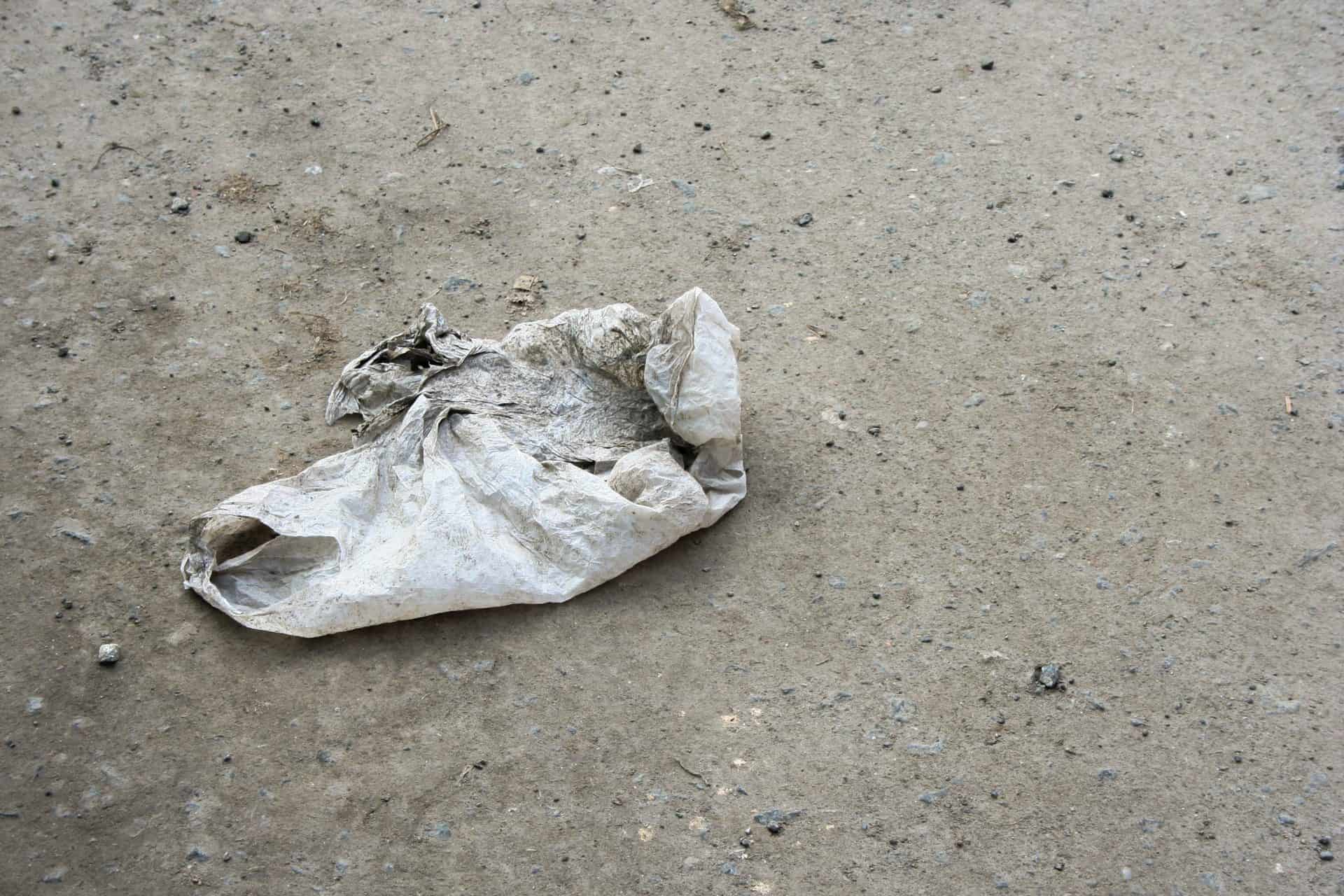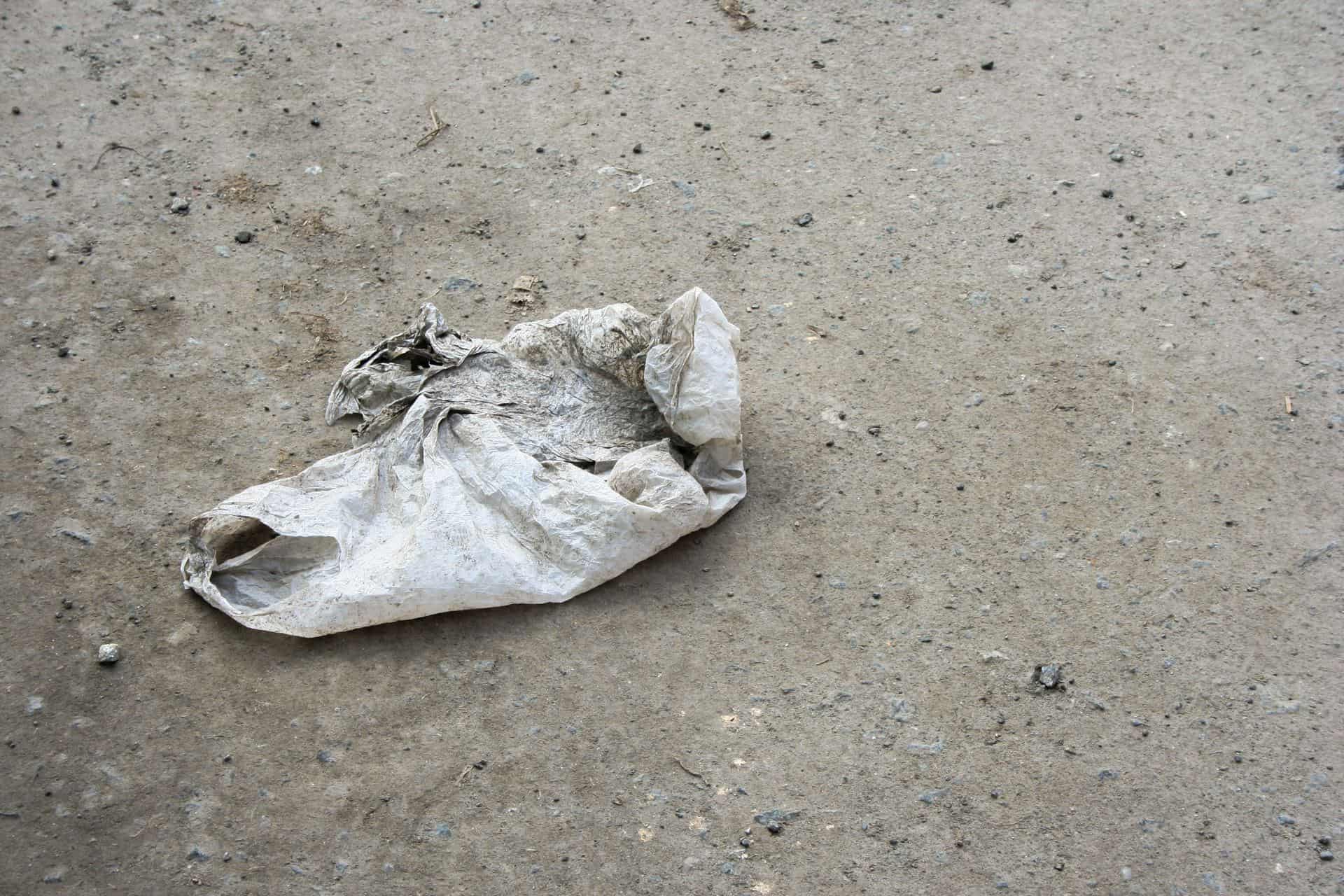There are a number of things that you should take into consideration before your business invests in a shrink wrapper; whether they’ll be the most cost-effective method of packaging and if the machine that you’re looking for is right for your company should be up there with some of the initial questions that you’ll ask yourself. However, there may be a host of other queries that you have, some that you might have read about online or others that have spread through word of mouth.
With a plethora of industries now looking for ways in which they can become more environmentally-friendly, replacing things such as shrink wrap with plastic-free alternatives is currently proving to be a hot topic. However, are many businesses just jumping on the bandwagon due to myths that are circulating or is there some truth in the matter? Stephen Aldridge, writer of The Complete Guide to Environmental Packaging, believes that “people have an awful lot of preconceptions about packaging. Everyone also wants to do the right thing, environmentally, but sometimes that’s not for the best”. We’ve included a list of some of the most widespread rumours below to see if there is any truth in them.
Products Must be Uniform to be Shrink Wrapped
As products are passed through a machine, it may seem as though they need to be regular in shape to allow the film to be air-tight. This, however, is not the case. As the item passes through the machine, a light will shine to determine where it needs to be wrapped. There are different machines which are more sensitive to differences in the objects being sent under the light, especially if they are smaller. So, opt for a multi-pack detection machine in order to keep things sealed.
Produce is Sensitive to Heat so Can’t be Shrink Wrapped
This is one of the biggest myths as the duration under the machine is actually so short that the heat doesn’t have a negative impact on the items. The worry is particularly evident with items such as chocolate and other perishable foods which ordinarily would be ruined with a little warmth.
Plastic Bags Are Incredibly Harmful to the Environment
The plastic carrier bag carries a lot of negative connotations when it comes to its impact on the environment, but they might not be as harmful as first thought. Before the 5p charge came into effect, it is thought that Britain used 8.5 single-use plastic bags in the space of a year. Not only is the vast amount detrimental to wildlife, choking animals – particularly those that live in the water – by wrapping themselves around their necks, but was also proving to be costly, with £10million being spent annually cleaning them up.
Although this number has dropped significantly since the charge came into effect, plastic carrier bags have been using large quantities of oil to create, something which has a finite resource. However, if consumers were to reuse single-use bags up to three times, it has been proven that their carbon footprint would be similar to using a cotton bag 393 times.
Fresh Food Packaged in Shrink Wrap is Damaging
We’ve touched on why fresh fruit and vegetables being packaged in shrink wrap has a host of benefits. However, many retailers are still apprehensive about their use due to the material being non-biodegradable. Cucumbers have recently come under fire for using an excessive amount of shrink wrap, with other produce also raising questions as to whether or not it is necessary. Research has found that a wrapped cucumber lasts three times as long as one that has been left without packaging, with only 1.5% of its weight being lost through evaporation in comparison to 3.5% when left exposed.



